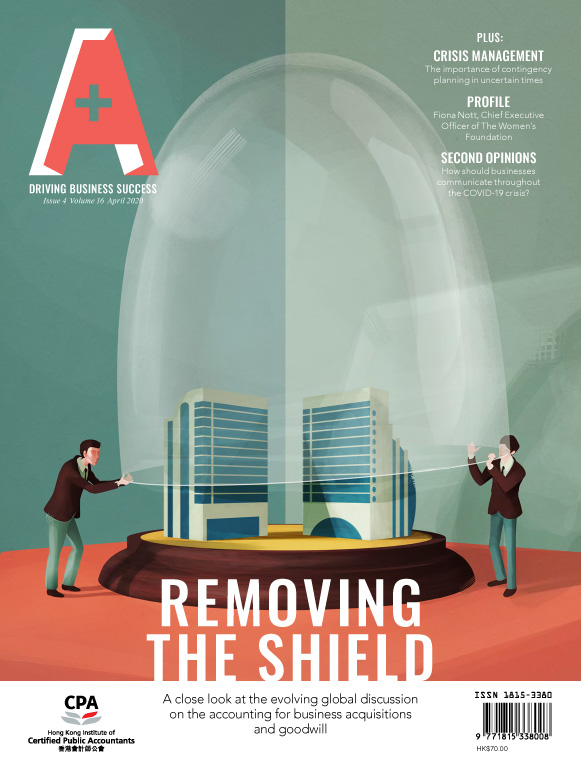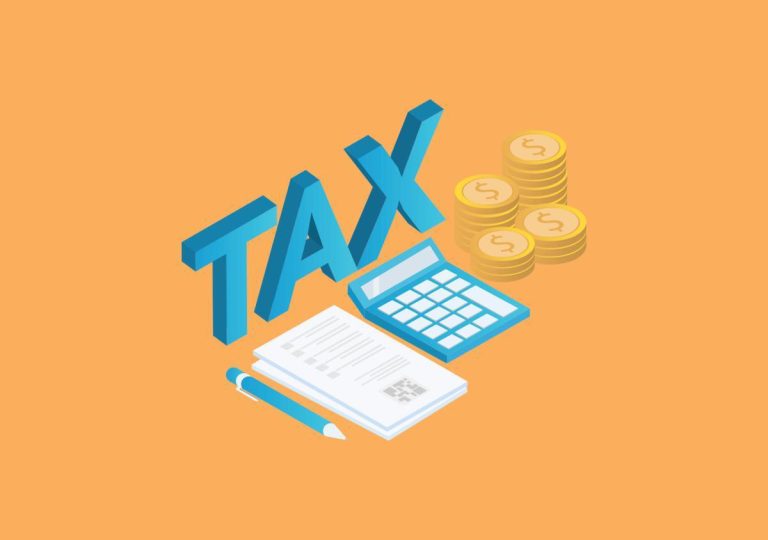In view of the coronavirus (COVID-19) pandemic, a massive United States spending bill was signed into law on 27 March – the Coronavirus Aid, Relief, and Economic Security (CARES) Act. The act is primarily aimed at providing immediate liquidity to businesses and individuals.
A brief summary of the corporate (and individual, where applicable) tax provisions is as follows.
Delay filing of and payment on federal income tax returns due 15 April
- Previous law: Taxpayers are generally required to file their 2019 federal income tax returns and pay the required taxes on or before 15 April.
- Change: The Internal Revenue Service (IRS) grants filing and payment relief for taxpayers who are affected by the pandemic (affected taxpayers). For an affected taxpayer, the due date for making 2019 federal income tax payments, 2020 first quarter federal estimated income tax payments (including tax payments on self-employment income), and filing federal income tax returns due on 15 April is automatically postponed to 15 July. The start date for calculating interest and penalties for late filing or late payment and the due date for applying for further extension are accordingly postponed.
Modification of net operating losses rules
- Previous law: For net operating losses (NOL) arising in a taxable year after 31 December 2017, a prior law had generally: (1) eliminated the two-year NOL carryback period and allowed the NOL carryforward period to be indefinite; and (2) limited the NOL deduction to 80 percent of the taxable income for the taxable year.
- Change: The act allows for NOLs arising in a taxable year beginning after 31 December 2017 and before 1 January 2021 to be carried back to each of the five taxable years preceding the taxable year in which such loss arose, i.e. for calendar year taxpayers, this will be 2018, 2019, and 2020. And, the 80 percent-limitation is repealed for taxable years beginning before 1 January 2021. This would mean potential refunds of taxes paid in the relevant prior years at a higher tax rate.
Accelerating refunds for prior-year alternative minimum tax credits
- Previous law: A prior law had repealed the corporate alternative minimum tax (AMT) but enabled corporations to recover previously paid AMT against the regular tax liability (or, if the AMT paid is in excess of the regular tax liability, 50 percent of the excess is a refundable credit) after 2017 and before 2022.
- Change: Increasing the cash refund attributable to the AMT refundable credit amount (the excess of the credit over the regular liability) from 50 percent to 100 percent for 2019.
Enhanced business interest expense deductibility
- Previous law: Certain taxpayers are subject to a limitation of business interest deduction equal to the amount of business interest income plus a 30 percent-threshold of its adjusted taxable income (ATI).
- Change: The act increases the 30 percent-threshold on ATI to 50 percent for taxable years beginning in 2019 and 2020. Taxpayers are permitted to elect not to use the increased threshold. Also, taxpayers can elect to use their 2019 ATI as ATI for 2020. This new rule may potentially increase the amounts of NOLs generated in these taxable years and benefit from the special five-year NOL carryback provision to obtain refunds of taxes paid in the relevant prior years at a higher tax rate.
Aside from the above, the act includes other tax provisions that could be of interest to taxpayers, e.g. enhanced charitable contribution deductibility for corporations and individuals making qualified cash contributions, 100-percent-bonus-depreciation for certain qualified improvement properties placed in service after 31 December 2017, a new employee retention credits for employers who are compelled to close their business due to the pandemic but will continue to pay their employees, recovery rebates in the form of direct cash payments for U.S. individuals (subject to phase-outs at certain income levels), receipt of “coronavirus distributions” from retirement plans without surcharge, etc.
Important note
The full text of act is 880 pages in length. It is therefore important to note that the above is a highly simplified summary of some fairly complex provisions and taxpayers are strongly advised to consult their qualified U.S. tax advisors as to how these (and other) provisions could impact them before any action is taken with respect to any provision in the act.
Note: This article was published on Hong Kong General Chamber of Commerce’s Coronavirus Business Help Corner on 31 March.
This article is contributed by Patrick Yip, Vice Chair, and Jennifer Shih, Tax Director of Deloitte China















